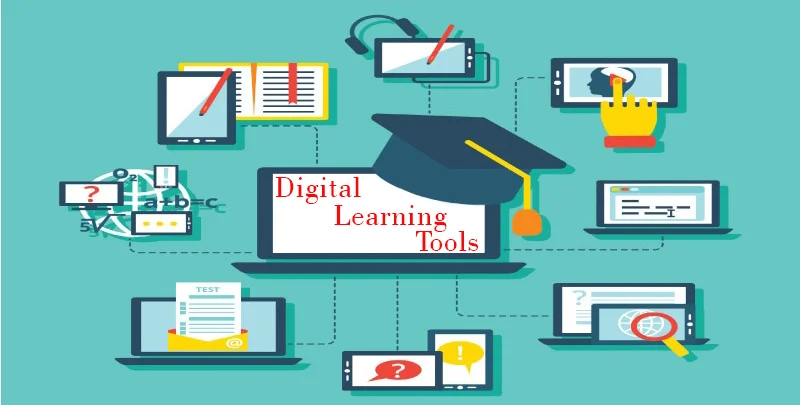Digital Learning Tools

Technology is a crucial factor in various aspects of our lives, such as healthcare, manufacturing, and agriculture. In the present generation, technology has a more prominent role in education due to the high level of technological literacy. This advancement in digital literacy has facilitated the integration of technology into the education system. As students, teachers, and parents, how can we utilize technology to enhance education?
What Role Should Technology Play in Education?
In a traditional classroom setting, the course structure is standardized, and a student’s learning is influenced by their classmates’ abilities and the knowledge and expertise of the teacher. These factors can impede a student’s comprehension of the subject matter or hinder their learning process. Conversely, online learning provides a more personalized learning experience. Online learning platforms offer a student-centric model where learners have greater autonomy over the pace of their learning. With online programs, students are not constrained by time or reliant on others to succeed.
Best Digital Learning Tools
1. Video-Based Learning
Video-based learning, as the name suggests, allows students to acquire skills and knowledge through video. This form of eLearning is becoming increasingly popular and is preferred over traditional web-based eLearning systems. Teachers and instructors are continuously developing videos that focus on the learning curriculum in various topics, such as exam preparation and subjects including Mathematics, Science, Technology, Engineering, and Foreign Languages like English, French, and German.
2. Mobile Learning
There has been a rapid increase in the adoption of mobile phone technology in daily activities worldwide. With over 5.29 billion unique mobile phone users globally, a country like Kenya has recorded over 63.94 million mobile connections as of February 2023. This trend has given rise to mobile learning, which involves education or training using portable computing devices such as smartphones or tablets. Mobile phone technology offers quick and easy access to information and with the availability of internet services in the country, students can access learning lessons and study content from various online sources such as learning websites and YouTube videos.
Learning applications are also available on Google’s Play Store and Apple’s Store, providing learning materials 24/7. With most learners in rural and rural-urban areas, telecommunication companies such as Safaricom and Airtel in Kenya have provided infrastructure to offer internet services even in the most remote regions of the country. Throughout Africa, companies are connecting more users to affordable internet services, enabling students, teachers, and parents to access learning materials at any time, on demand.
3. Personalized Training Programs
Personalized training programs are designed to meet the individual needs of each student. In traditional teaching structures, one tutor is responsible for a group of students, which can lead to unnecessary competition among them. Moreover, every student has unique learning capabilities, yet classroom teaching delivers content in a similar manner to all students. On the other hand, online learning tools provide various applications, software, videos, and websites that make the learning process more customizable and personal. Students have the flexibility to revisit older materials and relearn concepts to enhance their skills and knowledge.
Summary
Despite the successful adoption of technology in other industries, there is still debate on its role in education. While the older generations are accustomed to face-to-face learning structures, technology literacy is high among the younger generation. The Covid-19 pandemic disrupted the education sector worldwide, leading to a quicker adoption of online learning platforms. Stakeholders in the education sector must have a dialogue on the impact of another possible disruption on education. We need to leverage the robust technology currently available to streamline the education sector. Even though there is much to do before fully adopting technology in learning, we can start by making small changes. It's essential to begin the journey rather than waiting for the end result.
